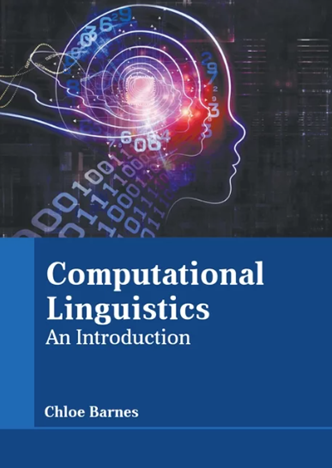“厨房椅”和“农场马”有什么相似之处?基于变换的语言模型中名词-名词复合语义的表征探讨
IF 5.3
2区 计算机科学
引用次数: 0
摘要
尽管基于transformer的语言模型在各种自然语言处理任务中取得了成功,但我们对这些模型如何处理给定输入以表示任务相关信息的理解仍然不完整。在这项工作中,我们关注语义组成,并研究基于transformer的语言模型如何表示与英语名词-名词复合词意义相关的语义信息。我们探索了基于transformer的语言模型,以了解连接词头名词和复合词修饰语的主位关系(例如,KITCHEN CHAIR:位于厨房的椅子)。首先,使用具有共享词法或语义特征的化合物组的数据集,我们发现六个基于transformer的语言模型的标记表示根据它们是否使用相同的主题关系来区分化合物对。其次,我们利用来自人类注释的复合语义的细粒度向量表示,并发现来自几个模型的标记向量引出了复合中使用的语义关系的强信号。在一种新的“组合探针”设置中,我们比较了两个组成词出现在单独句子中时,复合词的平均池标记向量中的语义关系信号与平均池标记向量中的语义关系信号,我们发现基于transformer的语言模型最能代表名词-名词复合词的语义,也比两个组成词单独处理的控制条件要好得多。总的来说,我们的结果揭示了基于transformer的语言模型在表示名词-名词复合词的意义时支持组合语义过程的能力。本文章由计算机程序翻译,如有差异,请以英文原文为准。
How is a “Kitchen Chair” like a “Farm Horse”? Exploring the Representation of Noun-Noun Compound Semantics in Transformer-based Language Models
Despite the success of Transformer-based language models in a wide variety of natural language processing tasks, our understanding of how these models process a given input in order to represent task-relevant information remains incomplete. In this work, we focus on semantic composition and examine how Transformer-based language models represent semantic information related to the meaning of English noun-noun compounds. We probe Transformer-based language models for their knowledge of the thematic relations that link the head nouns and modifier words of compounds (e.g., KITCHEN CHAIR: a chair located in a kitchen). Firstly, using a dataset featuring groups of compounds with shared lexical or semantic features, we find that token representations of six Transformer-based language models distinguish between pairs of compounds based on whether they use the same thematic relation. Secondly, we utilize fine-grained vector representations of compound semantics derived from human annotations, and find that token vectors from several models elicit a strong signal of the semantic relations used in the compounds. In a novel ‘compositional probe’ setting, where we compare the semantic relation signal in mean-pooled token vectors of compounds to mean-pooled token vectors when the two constituent words appear in separate sentences, we find that the Transformer-based language models that best represent the semantics of noun-noun compounds also do so substantially better than in the control condition where the two constituent works are processed separately. Overall, our results shed light on the ability of Transformer-based language models to support compositional semantic processes in representing the meaning of noun-noun compounds.
求助全文
通过发布文献求助,成功后即可免费获取论文全文。
去求助
来源期刊

Computational Linguistics
Computer Science-Artificial Intelligence
自引率
0.00%
发文量
45
期刊介绍:
Computational Linguistics is the longest-running publication devoted exclusively to the computational and mathematical properties of language and the design and analysis of natural language processing systems. This highly regarded quarterly offers university and industry linguists, computational linguists, artificial intelligence and machine learning investigators, cognitive scientists, speech specialists, and philosophers the latest information about the computational aspects of all the facets of research on language.
 求助内容:
求助内容: 应助结果提醒方式:
应助结果提醒方式:


